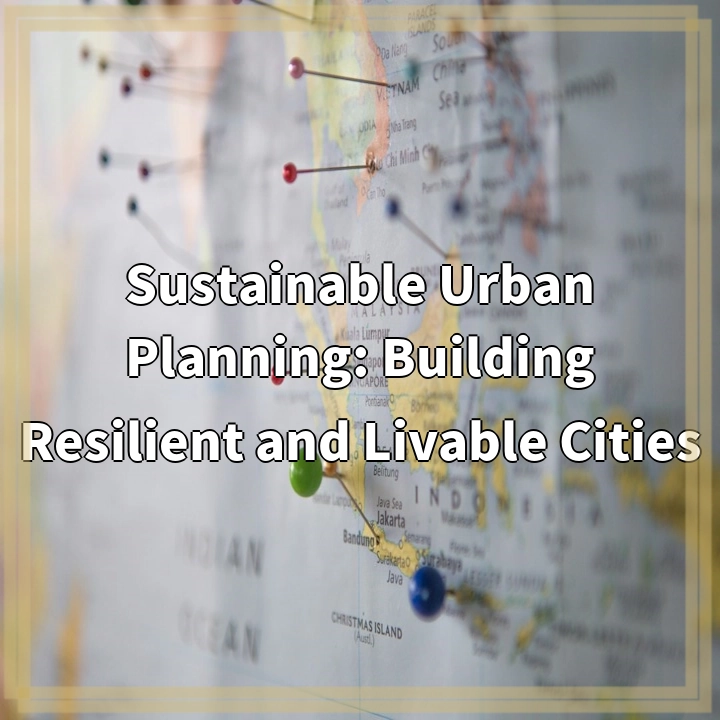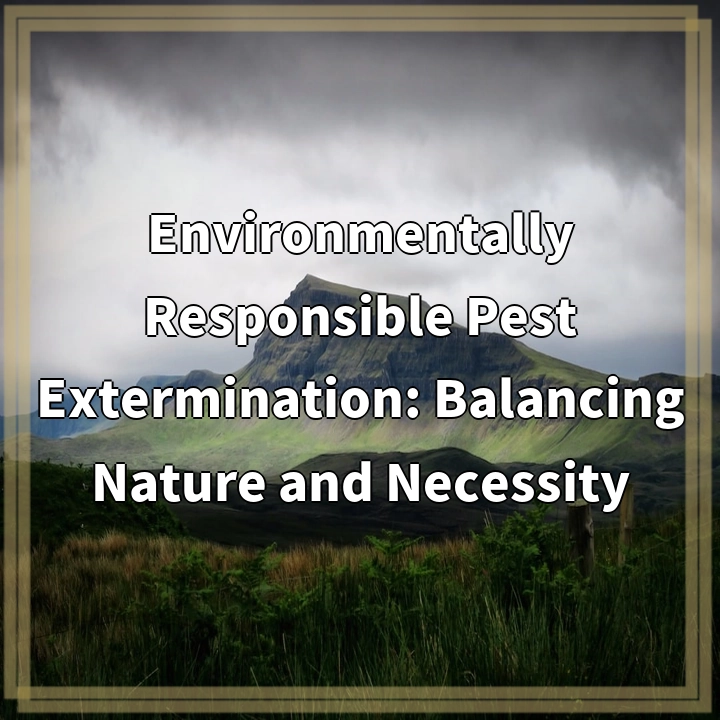
What is Sustainable Urban Planning?
Sustainable urban planning is an approach to urban development that aims to create cities and communities that are resilient, livable, and environmentally friendly. It involves the integration of social, economic, and environmental considerations to ensure the long-term well-being and quality of life of urban residents.
Real-World Problems Associated with Sustainable Urban Planning
1. Rapid Urbanization
Rapid urbanization puts significant pressure on cities to provide adequate infrastructure, services, and housing for a growing population. Without proper planning, this can lead to overcrowding, inadequate transportation networks, and increased pollution levels.
2. Inefficient Land Use
In many cities, inefficient land use patterns result in urban sprawl and the loss of valuable green spaces. Lack of proper zoning regulations and ineffective transportation systems can lead to increased commuting distances, traffic congestion, and reduced access to essential services and amenities.
3. Social Inequality
Sustainable urban planning should aim to create inclusive and equitable cities. However, socio-economic disparities often persist, leading to unequal access to affordable housing, quality education, healthcare, and public spaces. This can result in social unrest and limited opportunities for marginalized communities.
4. Environmental Degradation
Unsustainable urban development practices contribute to environmental degradation. This includes air and water pollution, deforestation, loss of biodiversity, and increased greenhouse gas emissions. These factors have severe implications for public health, natural ecosystems, and the overall resilience of cities.
5. Climate Change Resilience
As climate change intensifies, cities face increasing challenges in adapting to changing weather patterns, rising sea levels, and extreme weather events. Sustainable urban planning must address these risks by implementing measures such as climate-resilient infrastructure, green spaces, and sustainable transportation systems.

Solutions to Real-World Problems in Sustainable Urban Planning
1. Integrated Urban Planning
By adopting an integrated approach to urban planning, cities can strategically manage land use, transportation, and infrastructure development. This includes promoting mixed-use developments, compact city designs, and efficient public transportation systems to reduce congestion and enhance livability.
2. Green and Sustainable Infrastructure
Incorporating green and sustainable infrastructure is crucial in creating resilient cities. This involves integrating green spaces, such as parks and urban forests, to improve air quality, support biodiversity, and provide recreational opportunities. Implementing green building practices and investing in renewable energy sources can also contribute to reducing the environmental impact of urban development.
3. Affordable Housing and Equitable Development
Sustainable urban planning should prioritize affordable housing initiatives and aim to create inclusive communities. This includes implementing affordable housing quotas, providing subsidies for low-income households, and incorporating social housing into urban regeneration projects. Additionally, community engagement and participatory planning processes can ensure that the needs and perspectives of all residents are taken into account.
4. Sustainable Transportation Systems
Promoting sustainable transportation options, such as walking, cycling, and public transit, is essential for reducing congestion, improving air quality, and enhancing mobility in urban areas. Creating pedestrian-friendly environments, developing efficient public transit networks, and implementing policies that discourage private vehicle use can all contribute to sustainable urban mobility.
5. Climate Change Adaptation and Resilience
Building climate change resilience involves incorporating adaptation strategies into urban planning, such as flood-resistant infrastructure and urban heat island mitigation measures. Increasing green spaces and implementing nature-based solutions, such as green roofs and rain gardens, can help manage stormwater runoff and reduce the risk of flooding. Additionally, raising public awareness and educating communities on climate change risks is crucial for fostering resilience.















